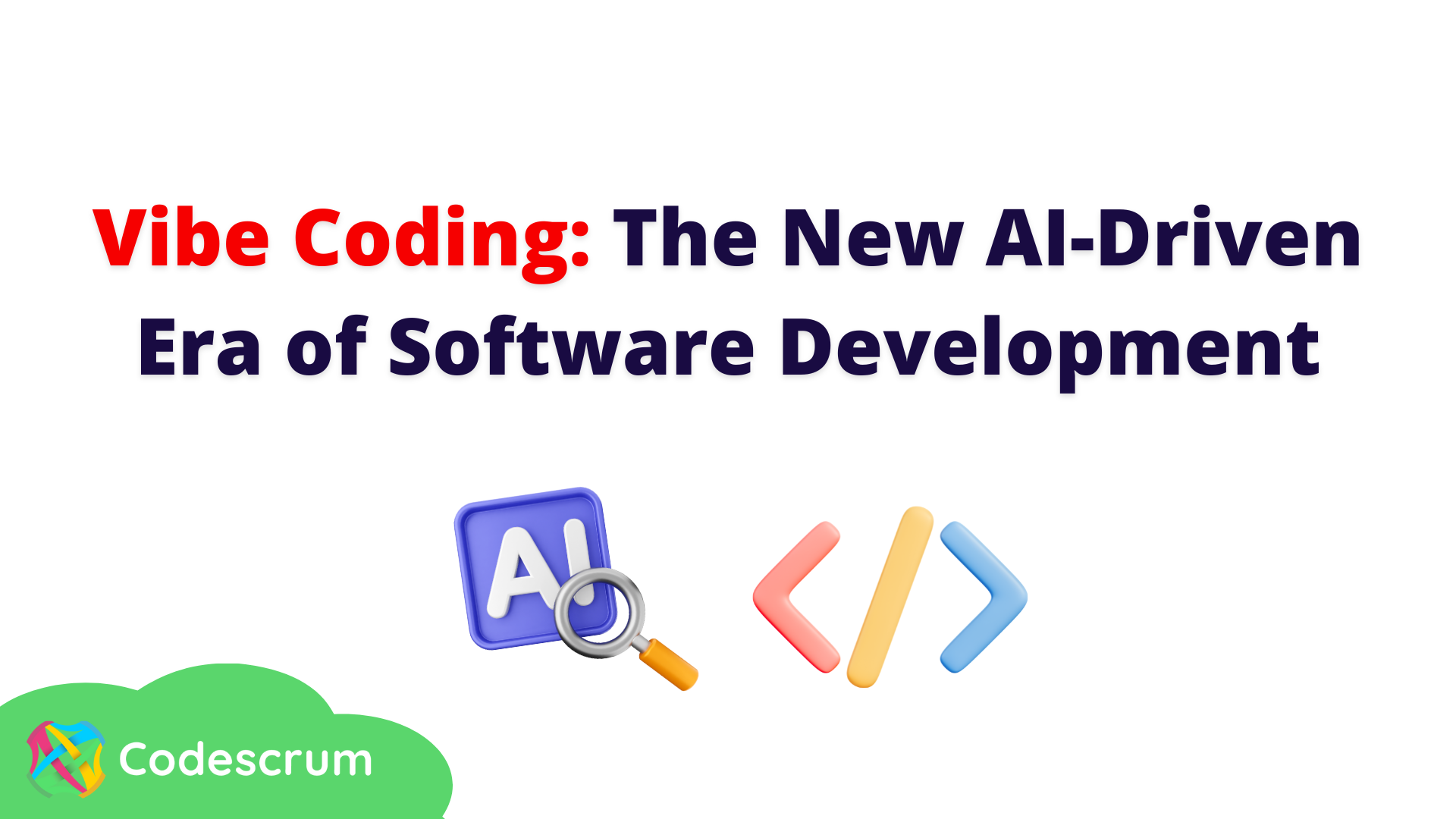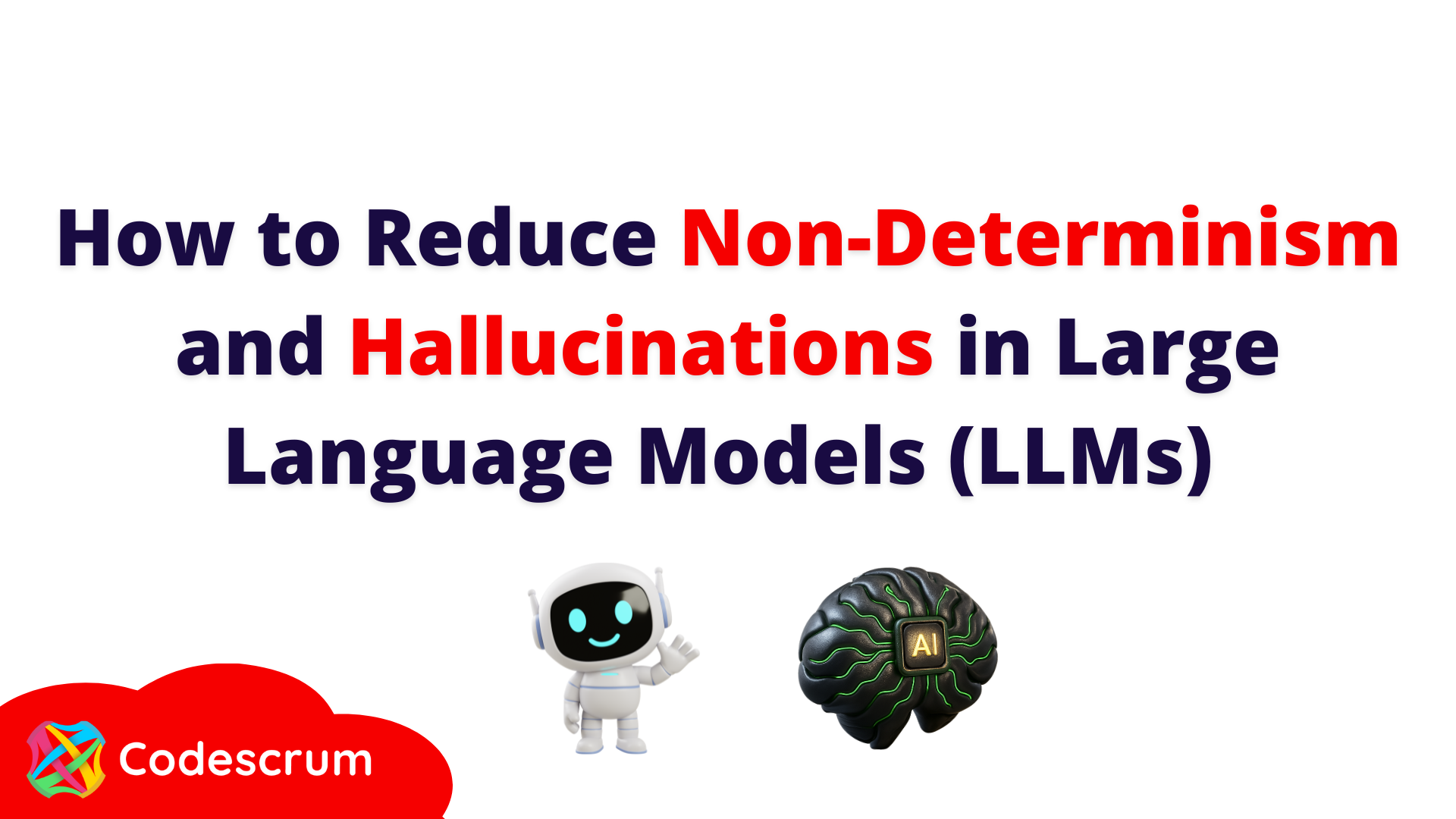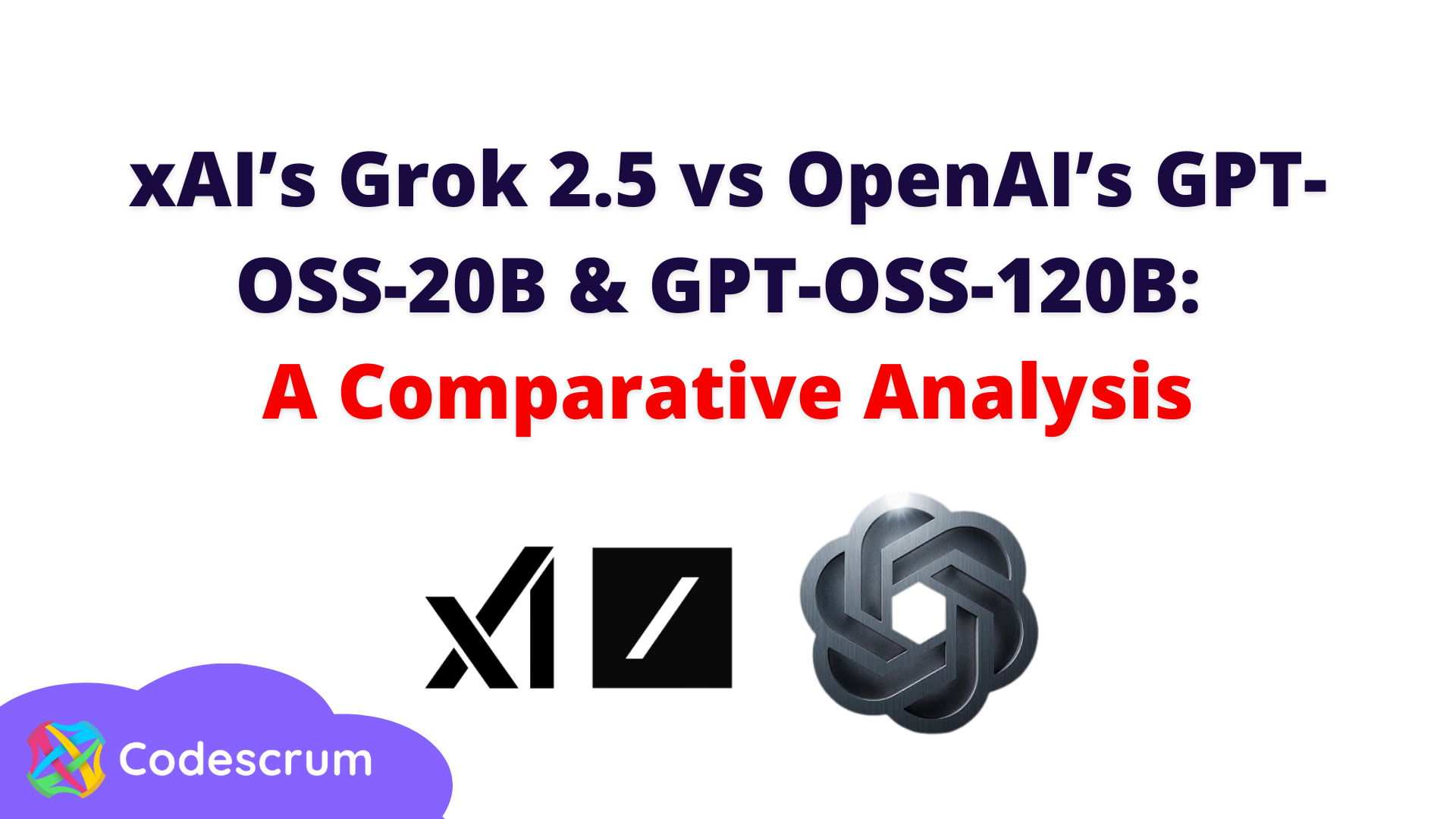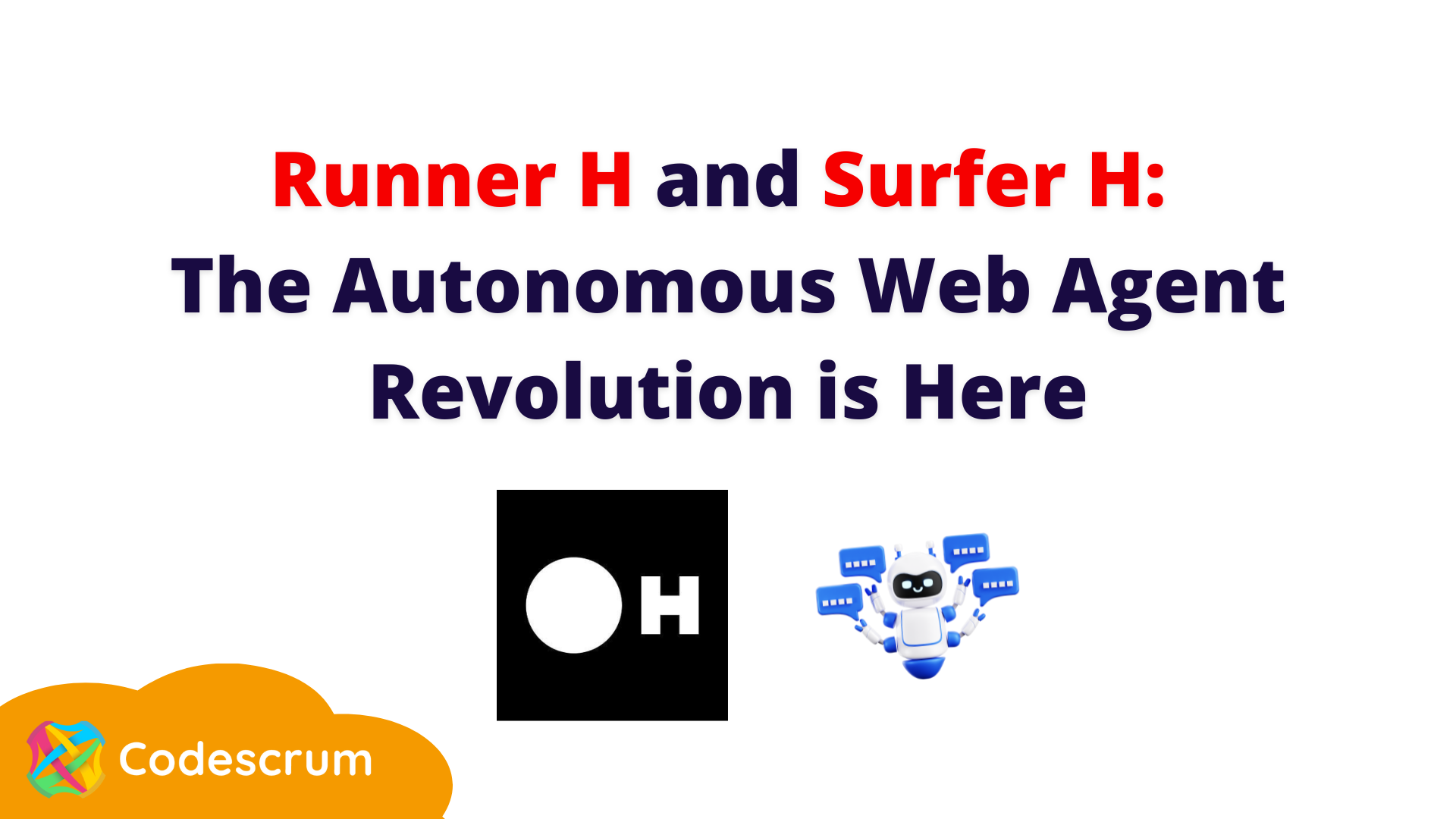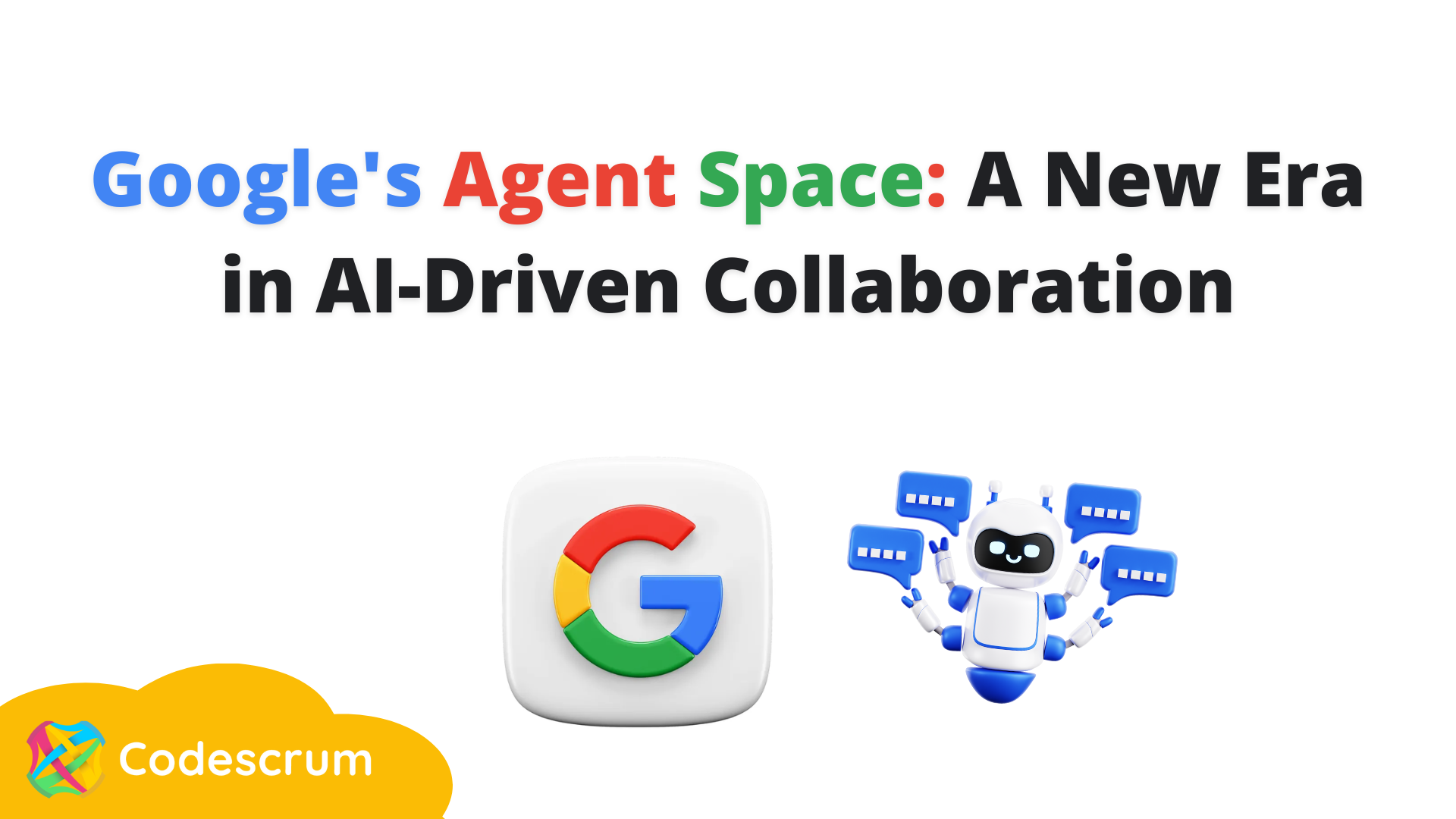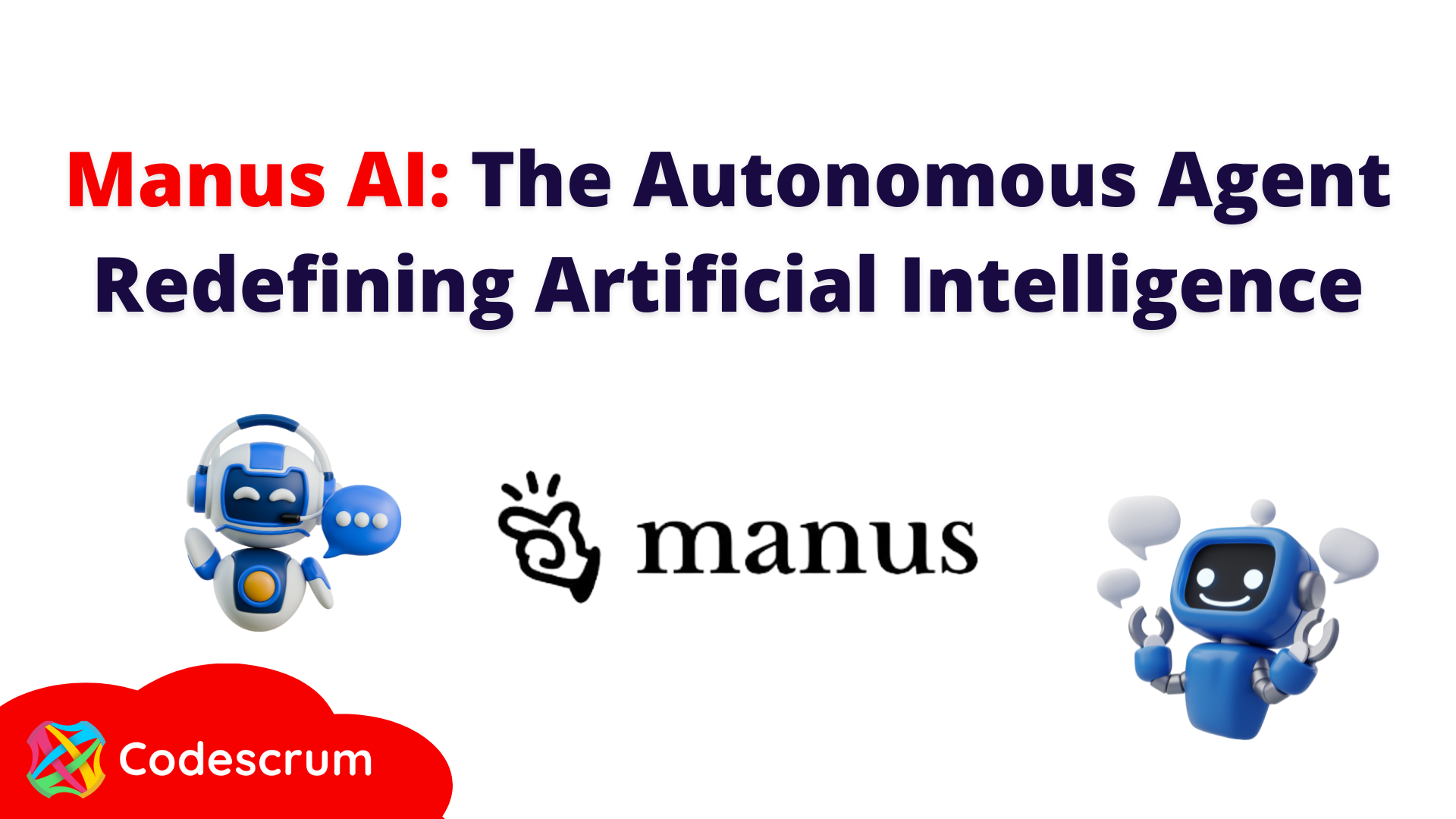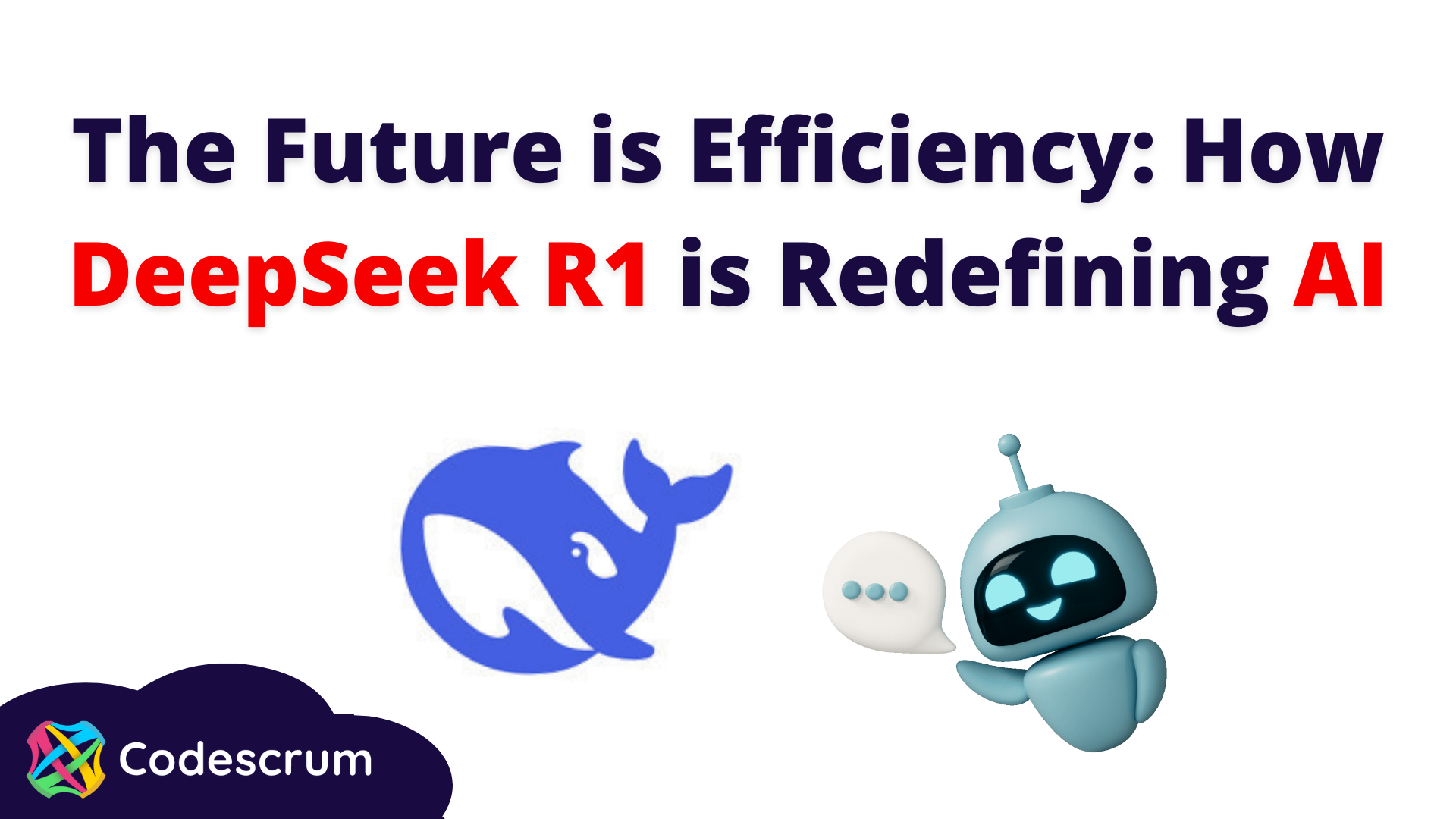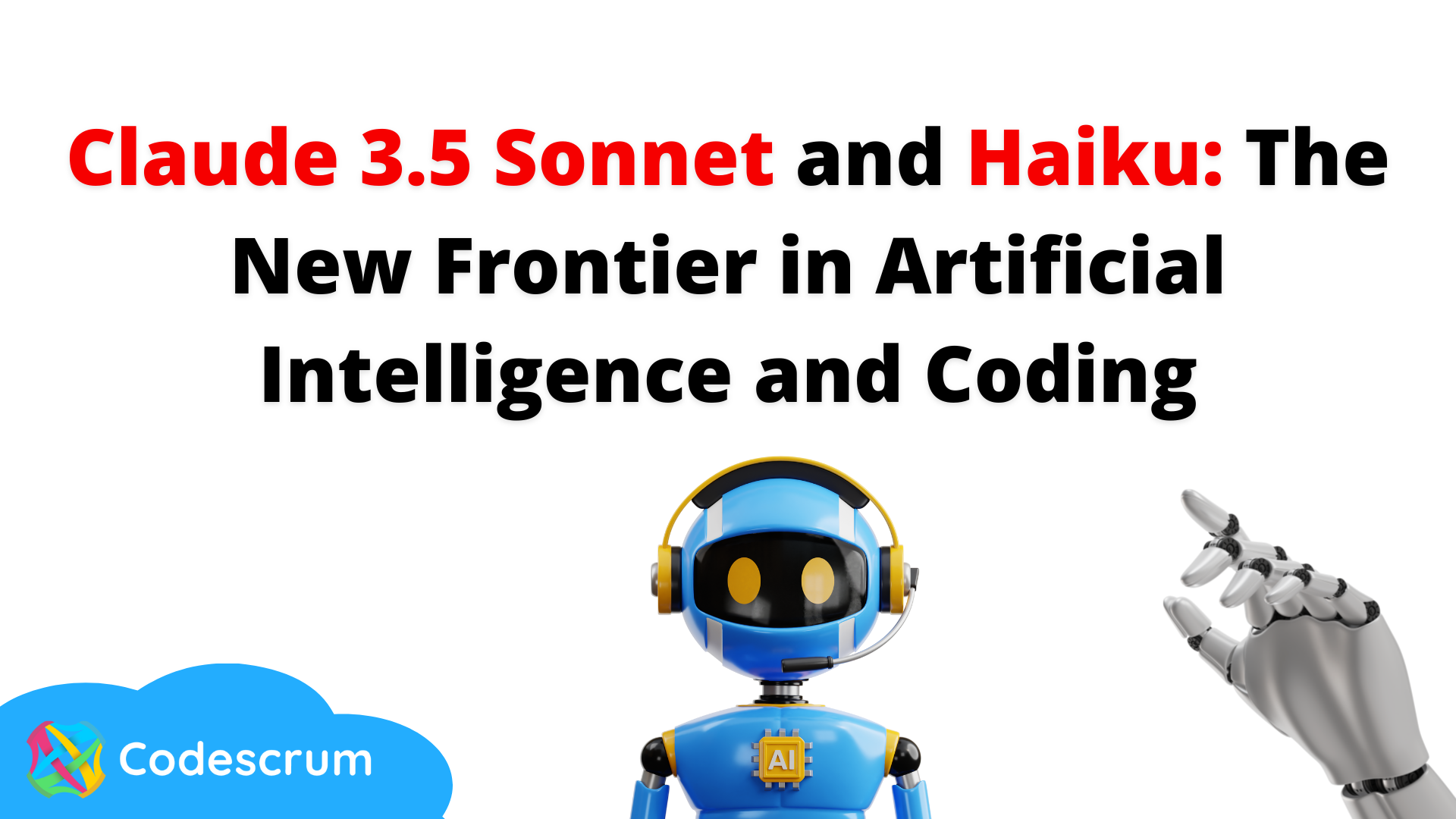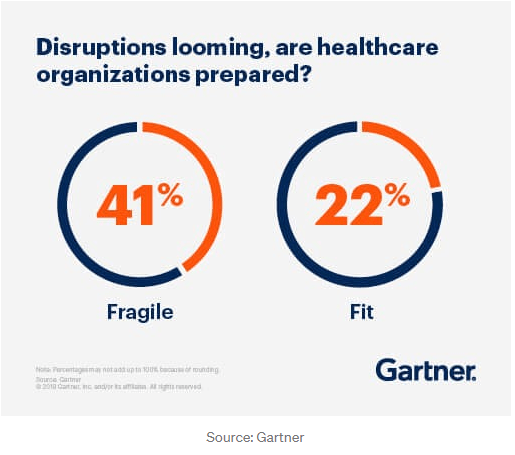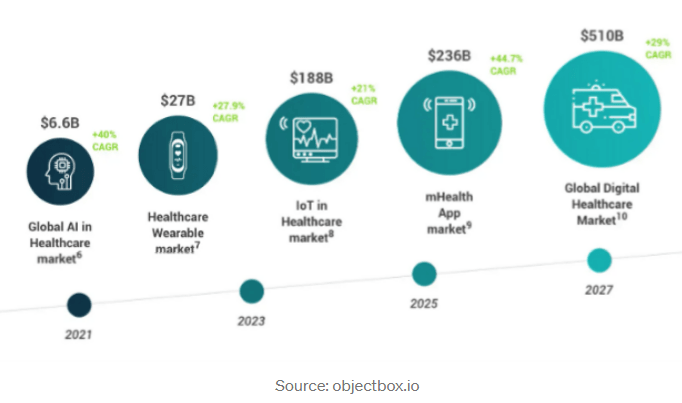How has the Healthcare Industry Faced Digital Transformation during the Pandemic?
How has the Healthcare Industry Faced Digital Transformation during the Pandemic?
Digital transformation has permeated pretty much every sphere of each industry. COVID-19 has helped break down regulatory, financial, and behavioral barriers to allow virtual care to be widely integrated into our healthcare system and meet patients’ needs.
A year ago, we faced the largest pandemic in recent times, in which everyone, including the healthcare industry, was unprepared to face the challenges it would bring. So how was Digital Transformation approached by this industry, the hardest-hit of all?
First, let’s introduce this concept.
Digital transformation in health defined
During the digital transformation in healthcare process, medical practices and institutions generally move away from traditional systems, such as paper or on-premises software, in favor of digitally agile options, such as paperless patient record management, automated patient booking systems, and cloud-based clinical and practice management software. The aim of this process is to enable major improvements in productivity workflow, data security, and scalability.
In recent years, digital transformation in healthcare has been driven by major innovations in cloud computing, big data, and mobile technologies. It can have many approaches, depending on the context. Nearly 65% of EU healthcare providers said their organization had increased its adoption of digital technologies to support their clinicians’ ways of working. 64% of organizations reported they had increased their adoption of digital technologies to provide virtual support and ways of engaging with patients.
With regard to the US, the healthcare market is tremendous and its digital health market is expected to reach 504.4 Billion USD in 2025 from 86.4 Billion in 2018,at a CAGR of 29.6%. However, to transform standard practice in 2020, you need to have a complete picture of the modern digital healthcare landscape.
Now, let’s have a look at some of the most remarkable healthcare digital transformation innovations.
Healthcare Innovations
Virtual health
There has been a huge spike observed and noted in the adoption and usage of virtual health or digital health platforms. So much so, that virtual care actually became the preferred means of accessing primary care for patients. Given the surge, it is expected that the telehealth industry will attain a worth of $185.6 billion by 2026.
Radical data interoperability is a required foundational capability that enables the delivery of patient-facing programs and associated technologies. It can reduce admin costs, increase the efficiency of care delivery and reduce the cost of care, as well as increase revenue and growth.
The Cloud
Storage of medical data is easier with technology. More hospitals are turning to cloud-based solutions to store patient data. This facilitates data storage and maintenance. The cloud provides an easier way to access data, especially regarding patient history. This, in turn, makes consultations more convenient for doctors as they can easily see the patient’s case file.
The main challenge when using the cloud is adhering to protocols. Many people still feel that the HIPAA Privacy and Security measures do not provide the necessary protection that the healthcare sector needs.
Healthcare organizations today are transitioning to health IT systems powered by cloud computing and data/analytics tools, driven by cost controls. Cloud spending increased by 11% in the second quarter of 2020 over the same period as the previous year.
The Cloud is helping by:
- producing a scalable virtual desktop
- enabling remote care and remote work
Mobile Health
Mobile health (mHealth) is the use of mobile and wireless technologies to support healthcare systems and achieve healthcare objectives. Digital health solutions have the potential to improve the quality of healthcare, democratize medical knowledge and provide healthcare to billions of people who have limited or no access to these services.
The global mHealth market should reach $46.2 billion by 2021 from $13.2 billion in 2016 at a compound annual growth rate (CAGR) of 28.6%, from 2016 to 2021.
Nowadays you can find a wide range of mobile applications that can help you manage your health. Many of them are used by hospitals or health institutions to schedule appointments, virtual assessments, and more.
The Internet of Things
Before the introduction of the Internet of Things (IoT), patient and doctor interactions were only restricted to physical visits and text communications. Doctors and hospitals had no way to track the patient’s health continuously and take action accordingly.
IoT-enabled devices facilitate remote monitoring in the healthcare industry, unlocking the potential to keep patients healthy and safe and allowing physicians to provide better care. Since IoT has made interactions with doctors efficient and easier, it has improved patient satisfaction and engagement.
IoT is changing the healthcare industry by remodeling people’s interaction in providing healthcare solutions. The implementation of IoT in healthcare benefits physicians, hospitals, and patients.
- IoT for physicians
Physicians can monitor patients’ health in real-time by using home monitoring equipment embedded with IoT sensors and wearable devices. IoT allows healthcare professionals to become more watchful and interact with patients proactively. Data that is gathered from IoT devices can help doctors find out the best treatment process for patients and get the expected outcomes.
- IoT for patients
Devices such as fitness bands and wirelessly connected heart rate monitoring cuffs provide patients with access to personalized attention. IoT devices are used to remind them of doctor appointments, calorie counts, the number of steps taken in a day, as well as their blood pressure, heart rate, and much more. IoT enables real-time remote monitoring and is beneficial for elderly patients. It uses an alert mechanism and sends a notification to concerned healthcare providers and family members.
- IoT for hospitals and clinics
Apart from tracking patients’ health, IoT devices can be used in many other areas in hospitals. IoT devices embedded with sensors are used for monitoring the real-time location of medical equipment, including nebulizers, wheelchairs, oxygen pumps, and other equipment.
Hospitals also have to deal with the spread of infection that is the primary concern for them. IoT-based hygiene monitoring devices assist in preventing patients from getting the infection. For example, smart IoT-enabled cameras can detect whether patients are washing/sanitizing their hands before taking a meal/medication or visitors are sitting too close to the patient.
“Sixty-three percent of healthcare providers have faced severe disruptions due to reasons including internal organizational changes, cost pressure, regulation and compliance, funding or shifting consumer demands. With all the changes in the healthcare industry, only fit organizations thrive — and fragile organizations get left behind.” — Gartner
The best healthcare companies are responding to disruption with digital and innovation initiatives that enable new business models, and address both of the challenges of increasing demand and escalating costs.
If you would like to talk about a digital healthcare project, we encourage you to set up a meeting with us and enjoy our Free consulting.
